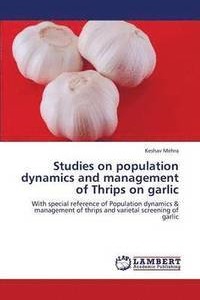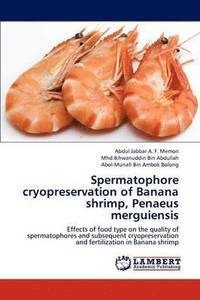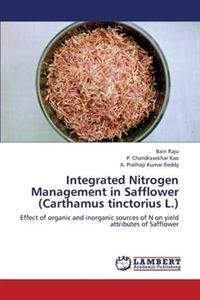
Liknande böcker
Shifting Cultivation Effects On Soil Environment : Special emphasis on biological and biochemical characteristics of soil microorganisms
Bok av Miah Sohag
Alike all other hill dwellers of the world, shifting cultivation, commonly known as 'Jhum', is the traditional agronomic practice among the indigenous people of hilly tracts of Bangladesh. This age old cultivation system affects, mainly negatively, on soil environment and worsens the upland watershed health. For investigating this hypothesis, a study was conducted at three pair sites viz: Simina Para, Kark Mohajon Para and At- mile area of Sadar upazila under Khagarachari district to determine the effects of shifting cultivation on soil environment. Both soil physico-chemical properties and the biochemical and biological properties of soil microbes were studied. The differences in microbial population count and population composition may not be universal for all shifting cultivation sites; however, it explains the unavoidability in the variations of the biological and biochemical characteristics of soil microflora in shifting cultivated areas and emphasizes the necessity of taking this factor into consideration in management of soils in fellow lands after shifting cultivation.







